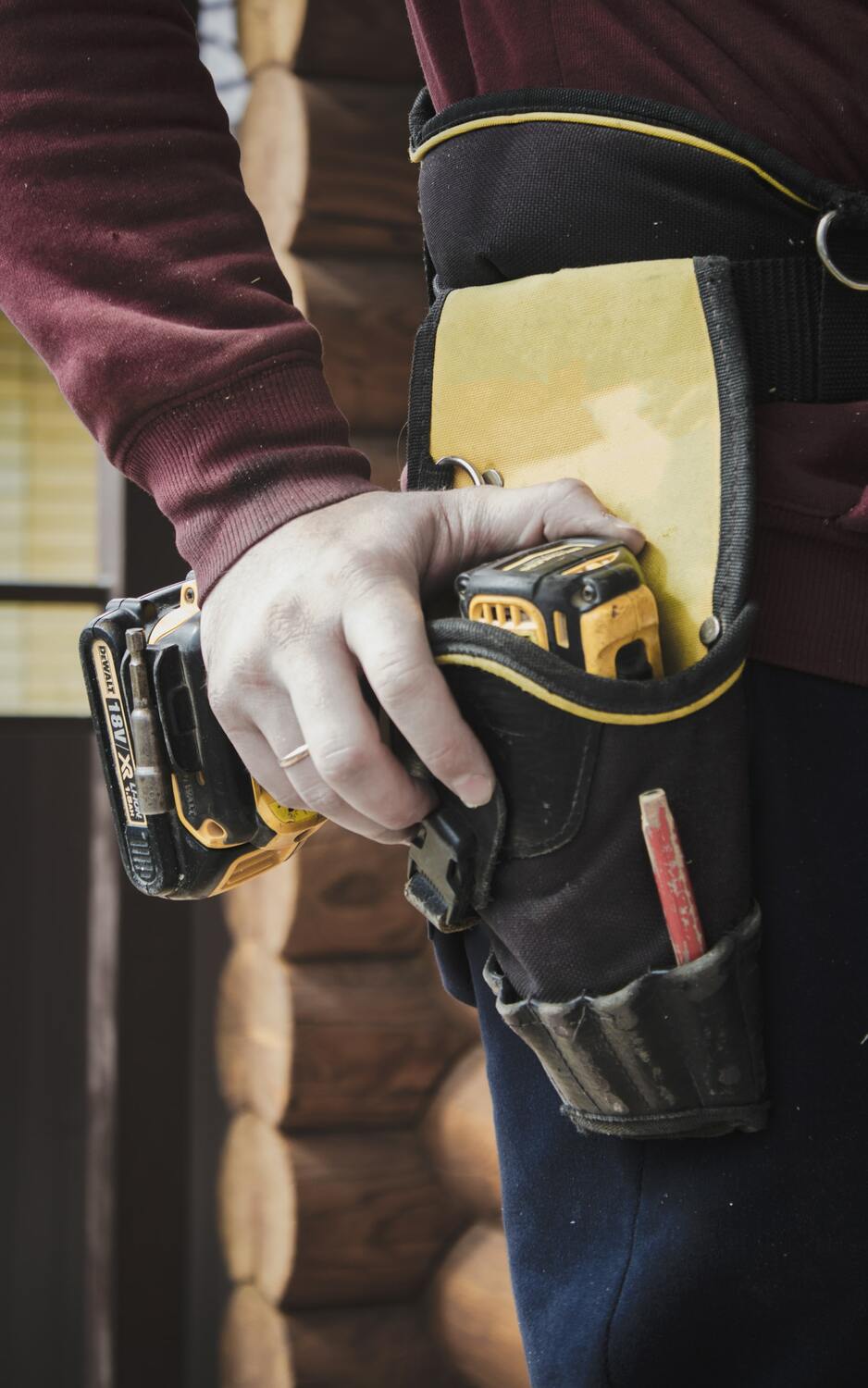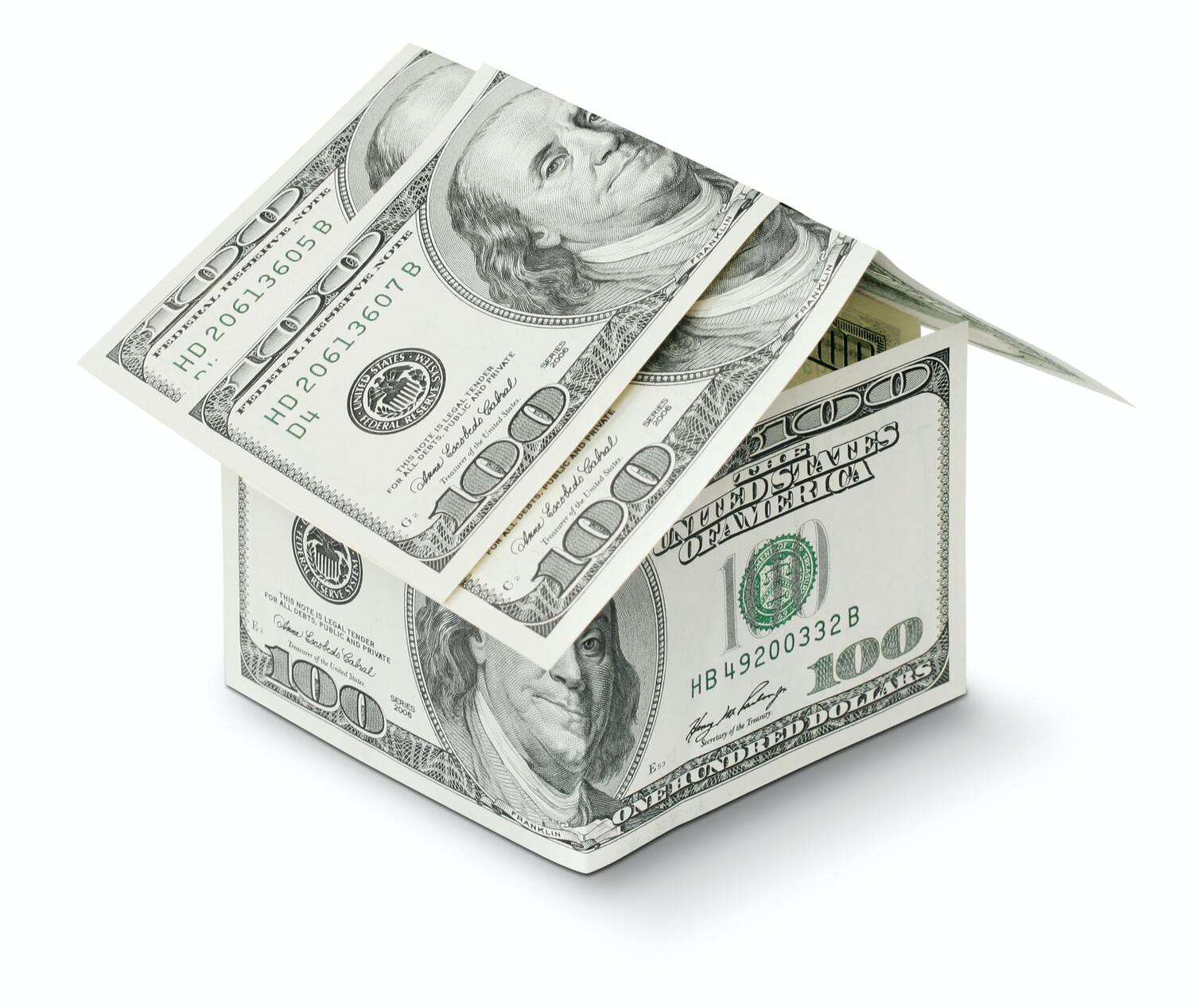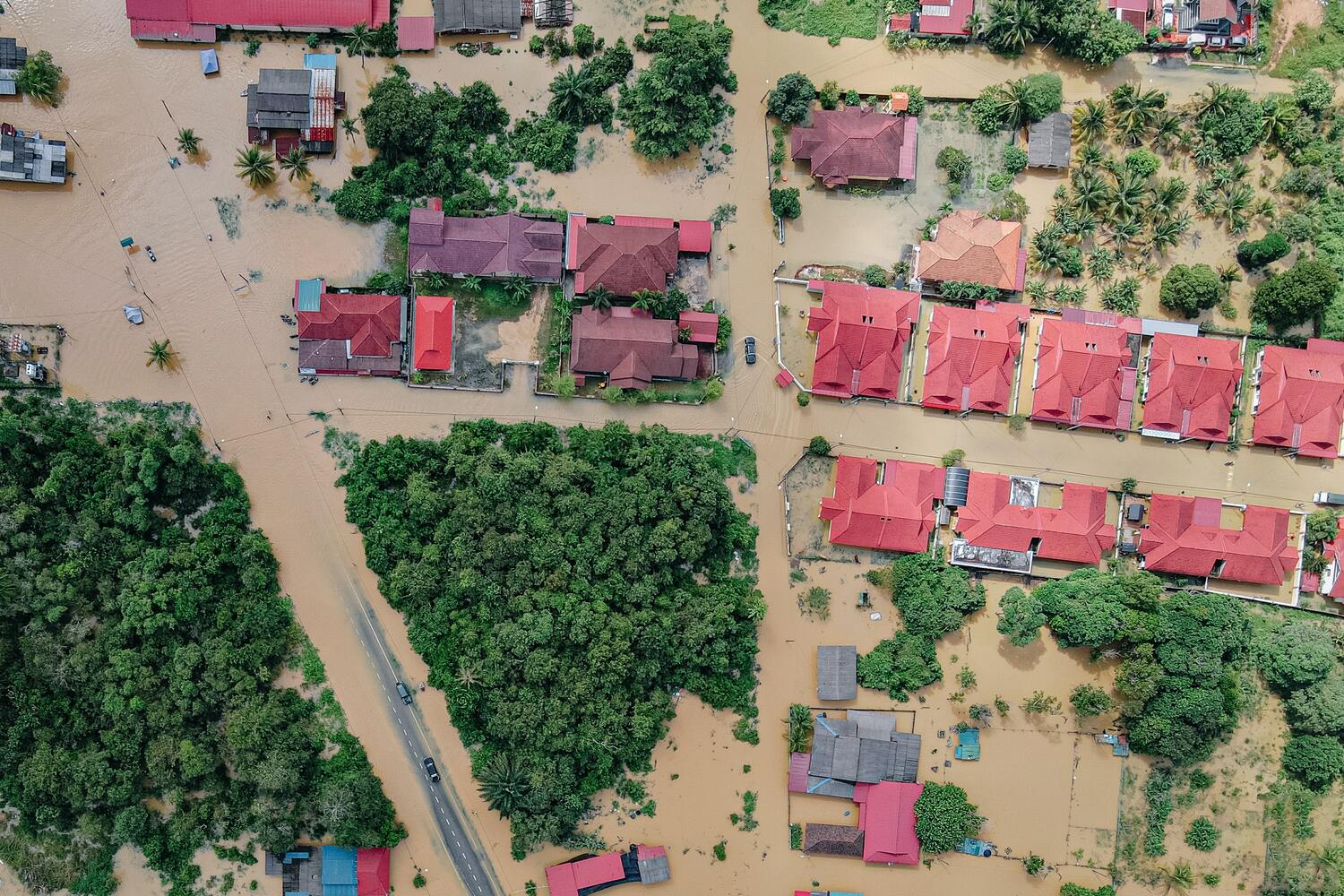Quite often you will hear this question come up when talking about Insurance Agents. Why do you need them? What exactly are the benefits? One of the first benefits you will get from a good agent is their experience. Insurance is loaded with questions and an experienced agent has the answers. Now I'm not going to act like every agent walking can answer question upon question but a good agent should be able to explain questions about your policy and questions you have about coverage specifics. A lot of times people think an agent's main use is saving you money. While that's a goal, the ultimate goal is protecting your money. Allow me to explain. A bad agent sells you whatever you want, no questions asked and provides little to no explanation about what you're buying. A good agent explains all the coverages, including the ones you don't have. They will explain by not having certain coverages you will save money, but open yourself up to certain risks and what those risks entail. A good agent will even point out when to use coverage and when to not use coverage.
Insurance Agents can be dually licensed
There are Insurance agents that not only specialize in one field, but several. I'm talking about agents that have licenses in say Home/Auto as well as Health/Life. This is going to be more common with a small agency as they want to truly build a business relationship with you. Bigger agencies tend to specialize in more specific fields. Most people like keeping everything under one roof. While it may be hard to have all of your insurance under one agency, it's possible to have a good portion of it. If you trust your agent when it comes to ethics and experience, why would you want to waste time looking for additional agents? This is one of the biggest complaints I had from clients working under big companies that were so specific to roles. Finding an agent that can take care of your Home, Auto and Life for insurance just makes things a whole lote easier.
Insurance Agent Services
This is a big one. If you have never heard of the term White Glove Service basically what it means is premium service. This is often one of the most frustrating areas for customers today. An agent is quick to sell the policy, but nowehere to be found when it comes to service. By service this means getting you your required documents, making sure you either have a copy or access to a current copy of all of your policies, providing you a receipt of payment (this is useful for tax purposes and overall record keeping) and making any necessary changes to the policy smoothly while explaining the effects of any changes to the policy. This mean the agent either returns your call, text, or email. This is often forgotten about at larger companies where the primary focus is obtaining new business. To a local up & coming agency your business means the world. They will also treat it that way. This also involves helping you in the claims process. An agent cannot handle the claim for you or deal with the adjuster as they are not licensed to do so. However they can help guide you by handling the claims filing process and telling you what is and isn't worth putting a claim in for.
Florida Insurance Agents vs. Florida Insurance companies
When we compare dealing with the Insurance company to the Insurance Agency, it's not much of a contest. First off, it's far easier to have that one on one contact and personalized service working with your Insurance agent. Large Insurance companies will notate every single word you say and can literally monitor your account based off comments customers make when they get emotional. An Insurance agent emoployed by a smaller agency is not under the constant surveilance that an represenative is at a large company headquarters. This means they can approach things with more of a human element. They can also help you in ways that a represenative never could. They work for you, the consumer. Not the Insurance companies.
Conclusion
A good Insurance Agent can make a signifigant difference for you over a 10 year period. If you're one of the many people out there that doesn't have much of a relationship with your current agent or you are unhappy with their service, please feel free to reach out to me. I will leave my contact information at the end here. I can help you even if you have a current policy and just need help with your servicing. I can also find you policies if we need to shop you around. I love what I do and I love helping my fellow Floridians out when it comes to their Insurance needs. You can contact me here on my contact form or using my contact information below:
Office Line 305-614-4075 Ext. 108 Cellphone 772-882-5668 Email Tropicaletrade@gmail.com





